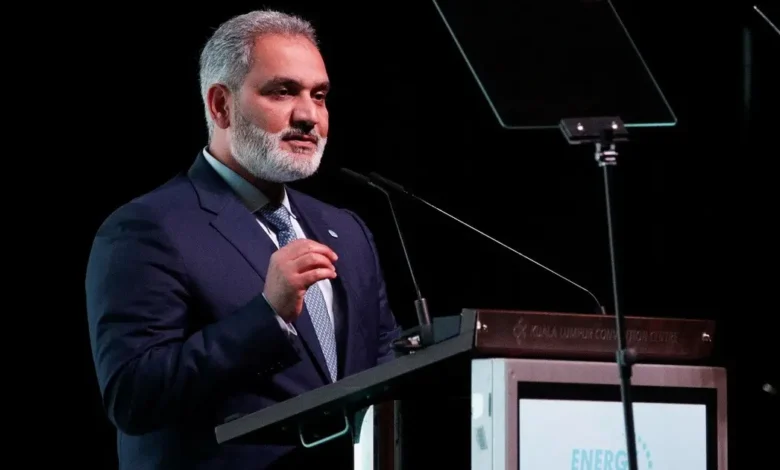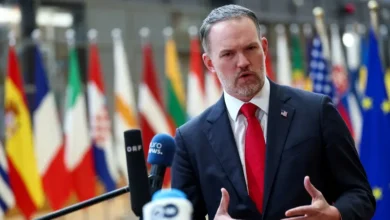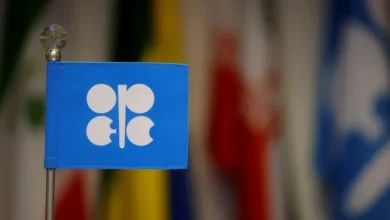OPEC raises oil demand view in long-term outlook, says $14 trln investment needed

OPEC raised its world oil demand forecasts for the medium and long term in an annual outlook, and said $14 trillion of investment is needed to meet this demand even as renewable fuel use grows and more electric cars appear on the road.
The view from the Organization of the Petroleum Exporting Countries, in its 2023 World Oil Outlook released on Monday, contrasts with that of other forecasters, including the International Energy Agency, that say demand might peak this decade.
Another decade or more of rising consumption would be a boost for OPEC, whose 13 members depend on oil income. The group says oil should be part of the energy transition and it cited decisions by some governments and companies to slow retreats from fossil fuels.
“Recent developments have led the OPEC team to reassess just what each energy can deliver, with a focus on pragmatic and realistic options and solutions,” OPEC Secretary General Haitham Al Ghais wrote in the foreword to the report.
“Calls to stop investments in new oil projects are misguided and could lead to energy and economic chaos,” he added, putting the required oil sector investment at $14 trillion out to 2045, up from $12.1 trillion estimated last year.
OPEC expects world oil demand to reach 116 million barrels a day (bpd) by 2045, around 6 million bpd higher than expected in last year’s report, with growth led by China, India, other Asian nations, and Africa and the Middle East.
IEA Executive Director Fatih Birol said last week global coal, oil, and natural gas consumption may peak before 2030. The IEA advises industrialized countries.
Resilient demand in 2023
OPEC also raised its demand forecasts for the medium term to 2028, citing robust demand this year despite economic headwinds such as interest rate hikes, and road transport growth.
“Despite this outlook, oil demand proved to be resilient in 2023,” the report said.
World demand in 2028 will reach 110.2 million bpd, OPEC said, up from 102 million bpd in 2023. It predicted oil use in 2027 would reach 109 million bpd, up from 106.9 million bpd estimated in 2022.
In 2020, OPEC made a shift when the pandemic hit oil demand, saying consumption would eventually slow after for years predicting ever-increasing use. It has begun raising forecasts again as oil use has recovered.
While the 2022 version of OPEC’s report anticipated global oil demand reaching a plateau after 2035, the latest outlook sees oil use rising by another 1.6 million bpd in the last 10 years of the forecast period.
By 2045, there will be 2.6 billion vehicles on the world’s roads, a billion more than in 2022, OPEC forecast. Over 72 percent of them will be powered by a combustion engine despite electric vehicles being the fastest-growing segment, the report said.
OPEC and its allies, known as OPEC+, are again cutting supply to support the market. The report sees OPEC’s total share of the oil market rising to 40 percent in 2045 from 34 percent in 2022 as non-OPEC output starts declining from the early 2030s.










